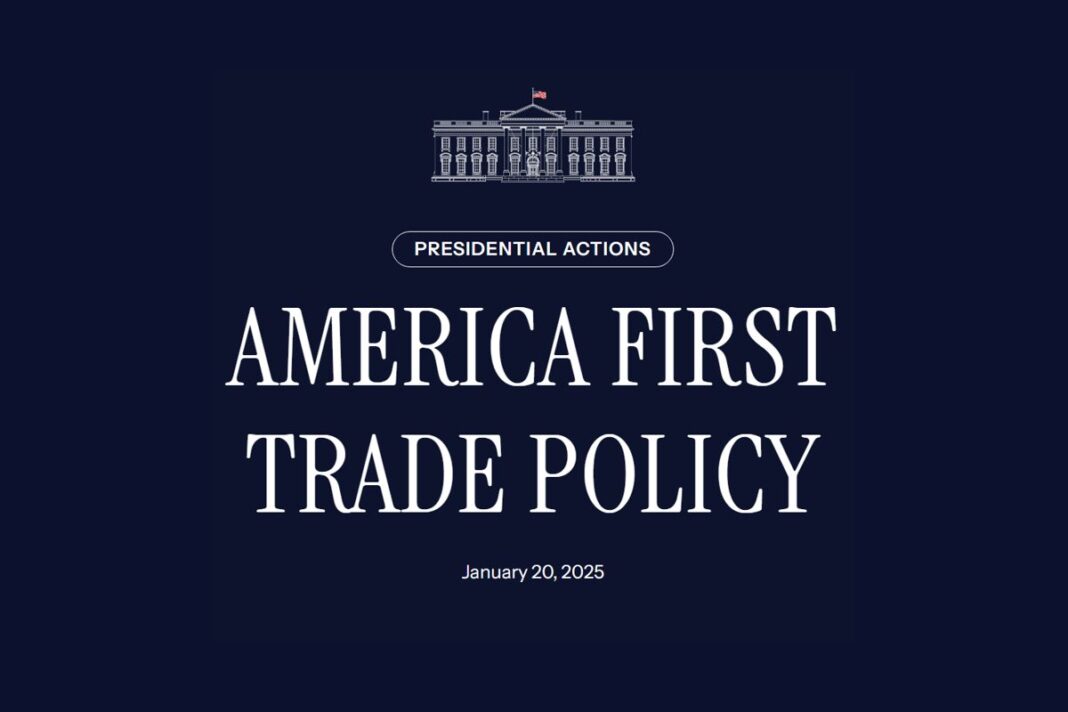Secretary of State Marco Rubio is slated to visit the country this weekend.
Panama’s president said on Jan. 30 that he would not hold any negotiations about ownership of the Panama Canal, following President Donald Trump’s suggestion that the United States would take ownership of the waterway again.
In his weekly press conference on Jan. 30, Panamanian President José Raúl Mulino said he wanted to clarify confusion about China’s role in the canal and said Panama controls the canal.
“It’s impossible, I can’t negotiate,” Mulino said when asked about returning the canal to U.S. control. “That is done. The canal belongs to Panama.”
Referring to future dialogues with U.S. officials, he said that he wants to “clear all the garbage from the path, clean the table, and be able to speak with the United States and very frankly” about issues including illegal immigration, drug trafficking, and regional security.
Secretary of State Marco Rubio is scheduled to meet with Mulino on Feb. 2 and visit the canal.
When asked whether Panama could remove concessions from companies linked to China, Mulino said this was not on the table and that the government was awaiting the results of a review of CK Hutchison’s payments to the state, an audit that was announced shortly after Trump’s accusation that China controls the waterway.
“This is not a country that takes away and breaks laws. If I do that because they are Chinese companies or take away a concession just like that because someone asked me to, that is not the climate we want to project as a country to foreign investors,” he said. “Panama respects the rule of law.”
The United States built the canal in the early 1900s as it looked for ways to facilitate the transit of commercial and military vessels between its coasts. But Washington relinquished control of the waterway to Panama on Dec. 31, 1999, under a treaty signed in 1977 by then-President Jimmy Carter.
Linking the Pacific Ocean and the Caribbean Sea in the North Atlantic, it’s considered one of the most important trade routes in the world. About 40 percent of U.S. container ships passed through it in 2023, according to the Center for Strategic and International Studies.





